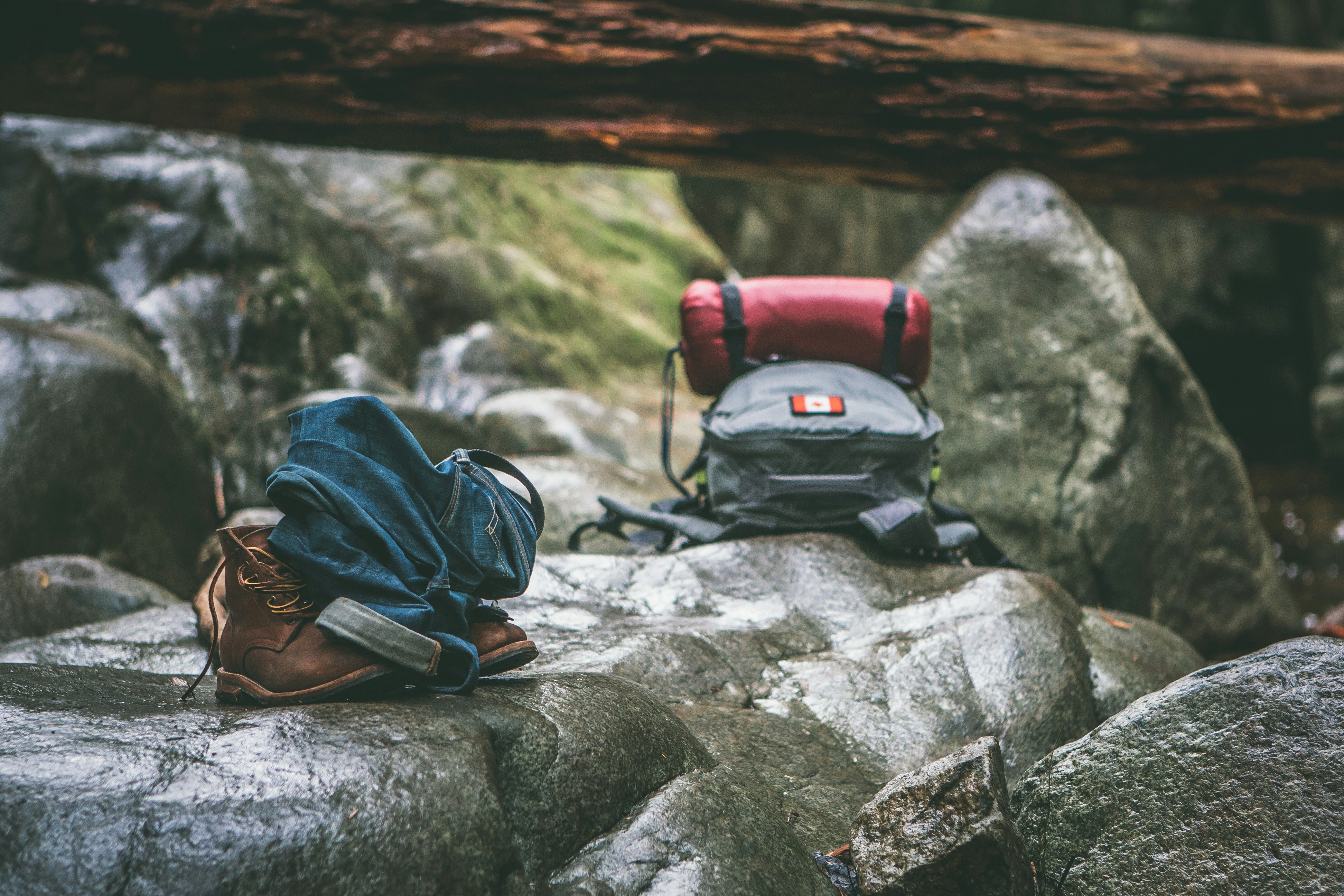Backpack vs Weighted Vest: Load Distribution and Breathing
· 6 min read · rory@getrucky.com
weighted vest rucking gear

Same total weight, different feel. Vests split load front/back and often feel more compact; rucks place load on the back and may breathe easier at higher efforts.
Energy cost
- Total mass moved drives calories. Distribution tweaks the feel and posture more than the raw energy math.
- Vest modeling exists: USARIEM’s LCDA added a separate term for vest-borne loads vs backpacking[1], [2].
Comfort variables
- Vest: Even load; can compress chest at higher loads or during deep breathing.
- Ruck: Better for long outdoor sessions; avoid slop—cinch straps and keep weight high/close.
Picking for your session
- Treadmill/stairs + calisthenics → vest.
- Long mixed-terrain walk → ruck.
- Hills/uneven ground increase cost either way[3].
References
- Looney, D.P. et al. (2024). Metabolic Costs of Walking with Weighted Vests. Med Sci Sports Exerc. PubMed.
- Looney, D.P. et al. (2022). Modeling Heavy Military Backpacking (LCDA). Med Sci Sports Exerc. Open access.
- Complex Terrain Load Carriage Energy Expenditure (2018). Med Sci Sports Exerc. Publisher.
Additional perspectives
- Zone 2 training (context): Peter Attia’s guide to Zone 2 and why it matters for mitochondrial health/aerobic capacity. Read the guide.
- Popular commentary: Gary Brecka on weighted vests and walking—motivational perspective, not peer‑reviewed research. Watch on YouTube.
Enjoyed this guide? Download the app to track your rucks, calories, and progress: iOS · Android